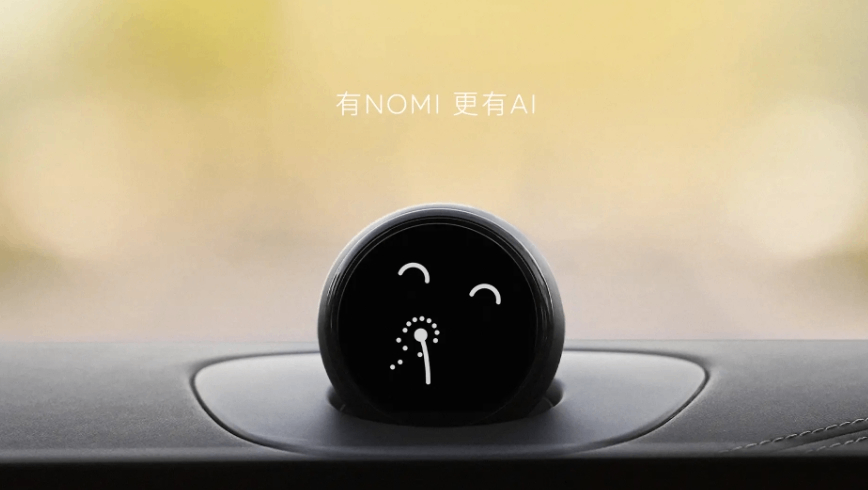NIO formally set up a large model team or accelerate the landing of NOA in urban areas
Ren Shaoqing said, to abandon the industry for many years of "perception-decision-regulation" traditional paradigm to do intelligent driving, the future will gradually shift to the end-to-end model paradigm, with deep neural network technology to achieve high-level intelligent driving.
On June 20, media reported that NIO, one of the new domestic forces, had recently completed a restructuring of its R&D department. The "perception" and "planning & control" teams were merged and will be managed as the "large model team" in the future. The original "integration" team was reorganized into the delivery team, with the operating mode remaining unchanged.
In terms of management, the restructured R&D department is still led by Vice President of R&D Ren Shaoqing, while the merged large model team is headed by the former head of the perception team, Peng Chao.
According to public information, Ren Shaoqing graduated from the joint Ph.D. program of the University of Science and Technology of China and Microsoft Research Asia. He was the R&D director and co-founder of Momenta and had already been a prominent figure in the international computer vision field before joining NIO in August 2020.
Peng Chao holds a master's degree from Tsinghua University and was a senior visual algorithm engineer at Momenta.
After this business adjustment, Ren Shaoqing stated that they would abandon the traditional "perception-decision-control" paradigm for intelligent driving, which has been used in the industry for many years. Instead, they will gradually shift to an end-to-end large model paradigm, using deep neural network technology to achieve advanced intelligent driving.
Analysts say that in the traditional intelligent driving R&D model, perception, decision-making, and control are usually divided into different independent modules, which may encounter some situations that cannot be handled when facing complex road problems. The end-to-end large model can avoid such issues: unlike traditional modular autonomous driving systems, the end-to-end large model is an integrated system that can cover a wider range of driving scenarios through deep learning, accelerating the deployment of advanced intelligent driving functions such as urban NOA.
It can be said that large model technology is the future of intelligent driving for car companies. Currently, the other two companies in the "Weixiaoli" trio are also equipping their intelligent driving systems with large model technology: Li Auto has not only independently developed the multimodal cognitive large model Mind GPT but also established an intelligent computing center with Volcano Engine; Xpeng has implemented an end-to-end intelligent driving large model and launched the AI Tianji system. Additionally, Nezha Automobile, GAC Group, and other car companies are also actively deploying in the field of in-car large models.
On April 12, NIO announced the official push of NOMI GPT. NIO stated that after users successfully upgrade the NOMI GPT function, they can experience several new interactive features, including large model encyclopedia, infinite fun chat, magical atmosphere, fun expressions, car usage Q&A, and AI scene generation, enjoying a new travel experience empowered by intelligent AI. Since its release, NOMI has undergone more than 130 version iterations and over 2,000 new and updated features.
On April 30, NIO launched the full-scale push of the NOP+ urban function for Banyan intelligent system users, marking the largest-scale urban intelligent driving push in China to date. According to official data, as of the day of the press conference, NIO had fully validated the NOP+ on the road, with a total road validation mileage of 1,207,977 kilometers, covering 726 cities, including 360,000 kilometers of highways and urban expressways, and 847,000 kilometers of urban roads.
NIO's Chairman, Founder, and CEO Li Bin stated that NIO's intelligent driving goal for 2025 is to have intelligent driving usage time account for 80% and to be ten times safer than human driving.

·Original
Disclaimer: The views in this article are from the original Creator and do not represent the views or position of Hawk Insight. The content of the article is for reference, communication and learning only, and does not constitute investment advice. If it involves copyright issues, please contact us for deletion.